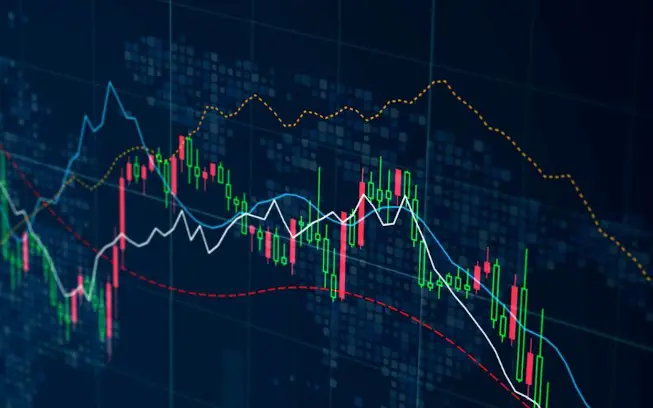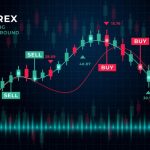Currency trading, often referred to as forex trading, involves the buying and selling of currencies on the foreign exchange market. It stands as the largest and most liquid financial market globally, attracting a diverse range of participants, from individual retail traders to large financial institutions. In this comprehensive guide, we will explore the fundamentals of currency trading, essential concepts, and key strategies to navigate the dynamic world of forex markets.
Understanding Currency Trading
- Currency Pairs: In forex trading, currencies are traded in pairs, reflecting the exchange rate between two currencies. The first currency in the pair is the base currency, and the second is the quote currency. For example, in the EUR/USD pair, the Euro is the base currency, and the US Dollar is the quote currency.
- Major, Minor, and Exotic Pairs: The forex market offers a variety of currency pairs. Major pairs involve the most traded currencies globally, such as the US Dollar, Euro, Japanese Yen, and British Pound. Minor pairs do not include the US Dollar, and exotic pairs involve one major currency and one from a smaller or emerging economy.
Key Concepts in Currency Trading
- Bid and Ask Prices: The bid price is the price at which traders can sell a currency pair, while the ask price is the price at which they can buy. The difference between these prices is known as the spread.
- Pip: A pip, or percentage in point, is the smallest price movement in a currency pair. Most currency pairs are quoted to four decimal places, and a one-pip movement is typically the last decimal place.
- Leverage: Leverage allows traders to control a large position with a relatively small amount of capital. While leverage can amplify profits, it also increases the risk of significant losses. Traders should use leverage cautiously and be aware of its impact on risk management.
Fundamental and Technical Analysis
- Fundamental Analysis: This approach involves analyzing economic, political, and social factors that influence currency values. Economic indicators such as GDP, interest rates, and employment figures can impact a country’s currency.
- Technical Analysis: Technical analysis involves studying historical price charts and using various indicators to predict future price movements. Common tools include trend lines, support and resistance levels, moving averages, and oscillators.
Developing a Trading Strategy
- Define Your Goals: Before entering the market, establish clear trading goals. Determine whether you are trading for income, capital growth, or hedging purposes. Understanding your goals will guide your trading strategy.
- Risk Management: Implementing effective risk management is crucial for long-term success. Set stop-loss orders to limit potential losses, and avoid risking more than a small percentage of your trading capital on any single trade.
- Technical and Fundamental Analysis Combination: Many successful traders use a combination of technical and fundamental analysis. This holistic approach provides a comprehensive view of the market and helps in making well-informed trading decisions.
The Role of Brokers
- Choosing a Reliable Broker: Selecting a reputable forex broker is a crucial step. Consider factors such as regulation, transaction costs, trading platform features, and customer support. Regulatory bodies like the Financial Conduct Authority (FCA) or the Commodity Futures Trading Commission (CFTC) provide oversight.
- Demo Trading: Most brokers offer demo accounts that allow traders to practice their strategies in a risk-free environment. Utilize demo accounts to familiarize yourself with the trading platform and test your trading approach.
Conclusion
Currency trading offers vast opportunities for individuals and institutions alike, but success requires a solid understanding of the market and disciplined trading strategies. By grasping the fundamentals, employing technical and fundamental analysis, and developing a robust trading strategy, traders can navigate the complexities of currency trading with confidence. Remember, staying informed, practicing risk management, and continuous learning are key elements in mastering the art of trading currencies on the global stage.
- Get Tips & Trick daily







